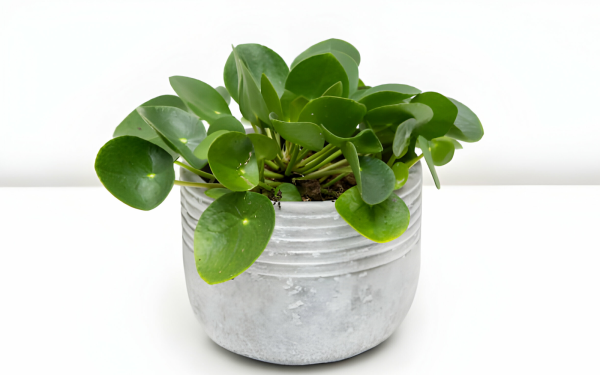Preventing Bed Bug Infestations: Tips for a Bug-Free Home

Bed bugs are tiny, nocturnal insects that feed on human blood. While their name suggests they are limited to beds, these pests can infest various areas of a home, including furniture, carpets, and clothing. Bed bug infestations can cause sleepless nights, skin irritation, and significant discomfort. Prevention is the key to avoiding these unwelcome guests.
In this article, we will discuss effective strategies and practical tips to keep your home bug-free and protect your family from bed bug infestations.
Understanding Bed Bugs
Before delving into bed bugs removal tips, it is essential to understand the behavior and characteristics of bed bugs. Bed bugs are small, flat, and oval-shaped insects that are reddish-brown in color. They are excellent hitchhikers and can be transported from one location to another through luggage, clothing, or furniture. Bed bugs are most active at night and are attracted to human body heat and the carbon dioxide we exhale.
Recognizing Signs of Infestation
Early detection is crucial in preventing a full-blown bed bug infestation. Here are some signs to watch out for:
- Red, itchy bites: Bed bug bites often appear in a linear pattern or clusters on exposed areas of the body, such as the arms, legs, neck, and face. These bites can cause itching, redness, and swelling.
- Rust-colored stains: Look for small reddish-brown stains on your bedding, mattress, or furniture, which could be bed bug excrement.
- Musty odor: Bed bugs release pheromones, which can result in a musty odor in heavily infested areas. If you notice an unusual smell in your home, it could be a sign of a bed bug problem.
Preventive Measures
To protect your home from bed bug infestations, follow these preventive measures:
- Use bed bug monitors: Bed bug monitors, such as the Bed Bug Blocker (Pro)™ interceptor traps, are an effective tool for detecting and preventing bed bug infestations. These traps are designed to be placed under the legs of your bed or furniture posts, creating a barrier that bed bugs must climb in order to reach you or your belongings. However, make sure you buy bed bug monitor from a reputable bug control supply store.
- Be cautious during travel: When staying in hotels or other accommodations, inspect the mattress, headboard, and furniture for signs of bed bugs. Keep your luggage elevated and away from the bed. Upon returning home, wash and dry your clothes on high heat to kill any potential bed bugs.
- Protect your mattress: Encase your mattress and box spring in bed bug-proof covers. These encasements are specially designed with a tight zipper to prevent bed bugs from entering or escaping.
- Reduce clutter: Clutter provides ample hiding spots for bed bugs. Minimize clutter in your home, especially in bedrooms, by decluttering regularly and storing items in sealed plastic containers.
- Regularly vacuum and clean: Vacuum your home frequently, paying close attention to areas where bed bugs could hide, such as mattresses, carpets, and furniture seams. After vacuuming, immediately dispose of the vacuum bag or empty the canister contents into a sealed plastic bag.
- Launder with care: Wash your bedding, linens, and clothing regularly in hot water. Bed bugs cannot survive high temperatures, so a hot water wash followed by a hot dryer cycle will kill any potential bed bugs.
- Inspect used furniture: Before bringing home used furniture, thoroughly inspect it for signs of bed bugs. Pay attention to seams, crevices, and upholstered areas. If possible, treat the furniture with heat or contact a pest control professional for assistance.
- Seal entry points: Seal cracks, crevices, and gaps in walls, baseboards, and window frames with caulk to prevent bed bugs from entering your home.
- Be cautious with secondhand items: If you’re considering purchasing secondhand items such as clothing, bedding, or furniture, inspect them thoroughly for any signs of bed bugs. Wash or treat these items before bringing them into your home to eliminate any potential infestations.
- Educate yourself and your family: Teach your family members about bed bugs, their appearance, and signs of infestation. Encourage everyone to be vigilant when traveling, visiting public places, or interacting with secondhand items. Awareness is key to preventing the spread of bed bugs.
The Bottom Line
Preventing bed bug infestations requires a combination of vigilance, cleanliness, and proactive measures. By following the tips and strategies outlined in this article, you can significantly reduce the risk of bed bugs invading your home. However, remember that you may need to opt for two or more different ways simultaneously to get rid of bed bugs. With a proactive approach, you can enjoy a bug-free home and a peaceful night’s sleep.


